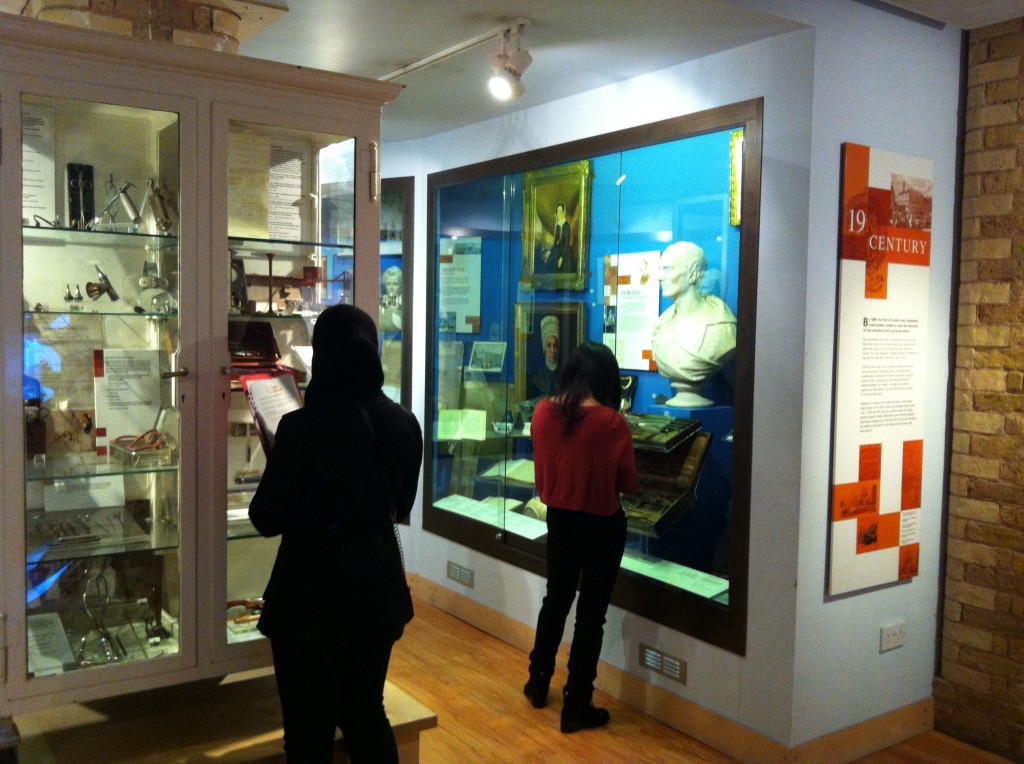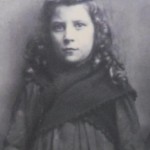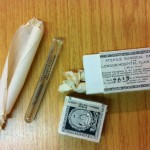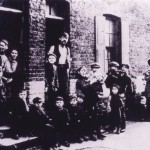Children and disease
Introduction
In the early 1900s (1900 – 1910) children were hugely vulnerable to catching diseases. Many children in east London lived in poverty and did not have adequate nutrition in their diets, as well as living in cramped, un-ventilated houses. See below to find out more about two common illnesses that many children in the early 1900s suffered from.
Smallpox
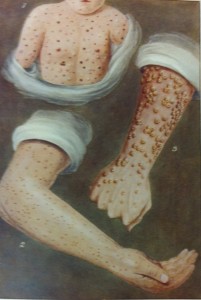
Images courtesy of the Royal London Hospital Museum and Archives
During the first stage of smallpox, sufferers get an extremely bad fever, reaching temperatures of 40 degrees centigrade.
Skin lesions develop (as in the illustrations of children’s arms in the image above) and sufferers have aches and experience vomiting. During the next phase, when sufferers are at their most contagious, small red spots develop on the mouth and tongue, and then the whole body.
Within three days lumps develop with fluid inside. Within seven days some sufferers may become blind or even die. The death rate for smallpox was about 30%.
A vaccine was discovered in late 1700s by Edward Jenner. He noticed that dairymaids who previously had cowpox were immune to smallpox which gave him the idea that the antibodies that the body created to kill of the cowpox virus also actually prevented the dairymaids getting smallpox. To test this idea, he got a sample of the cowpox virus from a dairymaid and injected it into a 8 year old boy called James Phipps. After his recovery from cowpox, he then injected James with the smallpox virus but James wasn’t suffering from any symptoms – he was immune because of the cowpox virus!
Jenner worked by taking material/ pus from a smallpox sufferer and putting this into a healthy person. This stimulates the production of antibodies which makes the person immune to the disease.
Smallpox vaccine became compulsory from the 1880’s (but later ceased to be mandatory in after 1898). The use of this vaccine eradicated the disease across the world by 1980.
